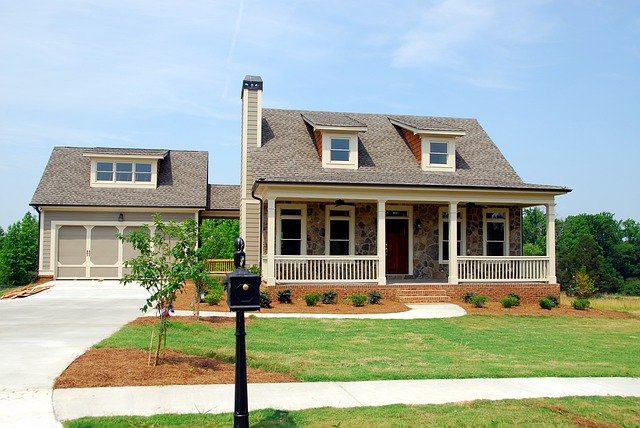In order for exterior house design to be successful and aesthetically pleasing, it’s important to work with the right technology and to choose quality materials. Look around your neighborhood. House exteriors that are designed to accentuate the yard or the front of the house are likely to provide the homeowners with a better sense of pride and ownership. Not only are these houses more welcoming but they are also more functional and easier to maintain.
One key component of house exterior design is the siding or cladding on the house exterior walls. The siding or cladding can be used on the entire house, or it can be used on just a few parts. If you’re building a new home, it’s a good idea to cover up the lower front door and the upper front door of the house. Just like the roof, the front door needs to be waterproof and look great from the curb, too.
In terms of materials, there are many options, but one popular type of exterior cladding is vinyl. Vinyl exterior house exterior design is fairly new and many home builders and home decorators have begun to use this material in house exteriors. However, vinyl isn’t quite as common as some of the other types of exterior materials. It tends to be somewhat costly, especially if you want a premium vinyl product. In terms of durability, it ranks somewhere between wood and aluminum in the durability department. Aesthetically, vinyl is a bit more difficult to work with because the texture can be very difficult to get just right.
Another option that’s worth considering if you want your house exterior design to be pleasing and functional is to use a metal roof. Metal roofs are definitely more expensive than fiberglass or timber, but they do have the advantage of being very durable. You also don’t need to apply any painting, caulk, or roofing material to your roof, which can make a big difference for low-maintenance projects. Of course, if you do plan on using a metal roof, you do need to make sure that your planned development is in compliance with any planning permission you may obtain. The planning office will determine the most suitable form of roofing for your area and will require additional planning permission if you choose a metal roof over a traditional roof.
Fiberglass or cladding is probably the most popular option among house owners and designers today. Cladding looks very much like a brick, but it offers a much more professional and stylish look. It’s made up of a plastic membrane that’s sprayed onto your building’s roof. There are many reasons why these cladding tiles are superior to regular bricks or stones – they’re more durable, easier to install, and they don’t require the tedious application of paint.
Fiberglass tiles are incredibly easy to install, which is one of their main advantages. They’re also very durable, which means that a fiberglass exterior design can be a great solution for any type of construction project. The downside to fiberglass tiles is that they need to have a certain thickness, and this thickness can make a big impact on how much visual impact the tiles have. A 1970s house exterior design would look strange without cladding, for example.
One of the most popular alternatives to natural stone or brick is to use masonry paint. If you’re trying to imitate a more classic style, this can be a perfect option. Masonry paint comes in a variety of colors and materials, so you can easily find the right design for your home. These tiles are usually made using a thick cement mixture that makes them look like stone or brick. Unlike natural stone or brick, however, masonry paint won’t chip or fade over time.
If you decide to use masonry paint, however, you should make sure that you get the necessary planning permission because this kind of exterior finish requires planning permission to be installed. A good way to find out whether or not it requires planning permission is to contact your local council. Some councils won’t issue planning permission for any kind of building work unless it’s deemed to be necessary for safety reasons. If your project does require planning permission, you’ll need to ask your local council for information about obtaining the required permits.
